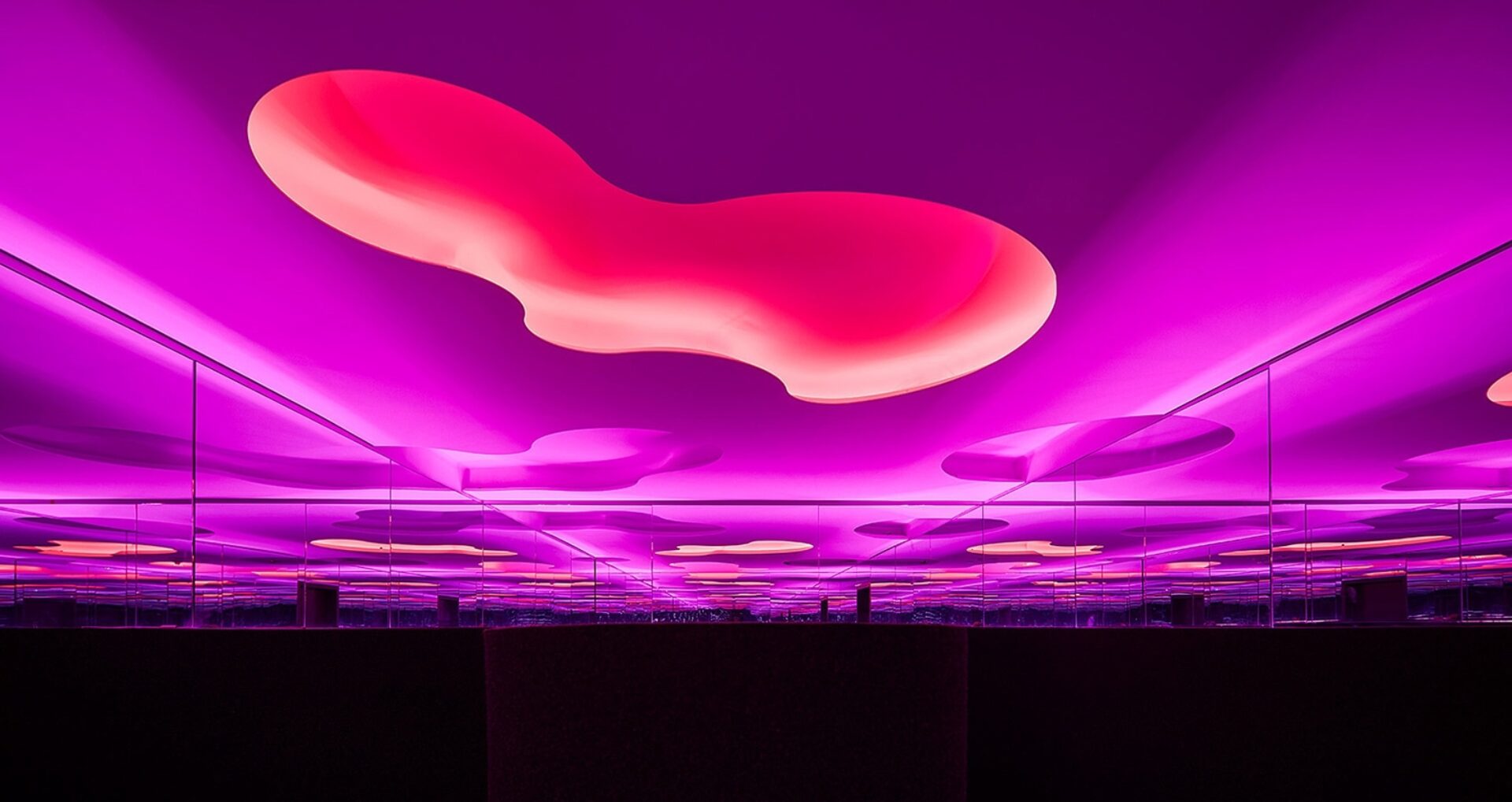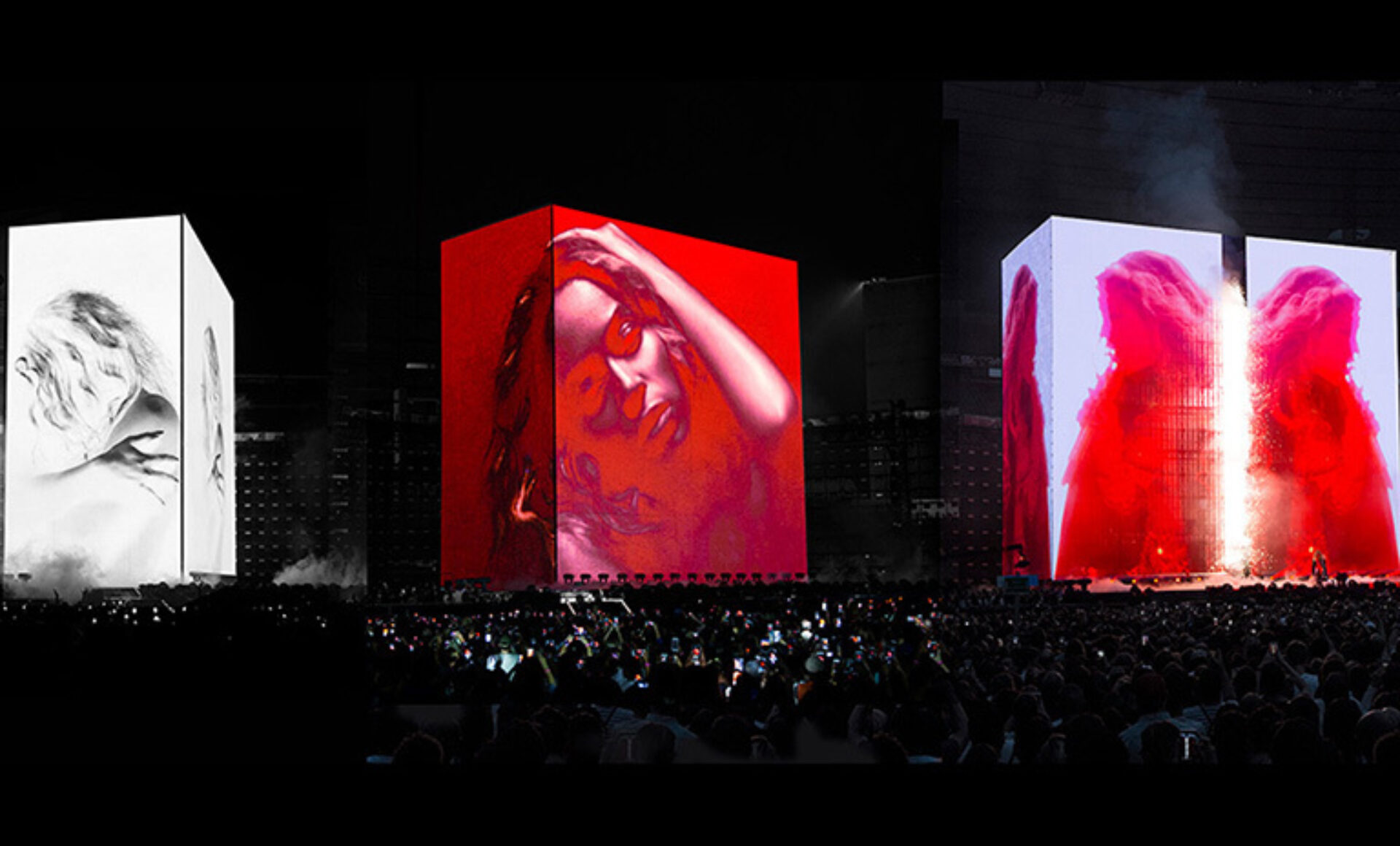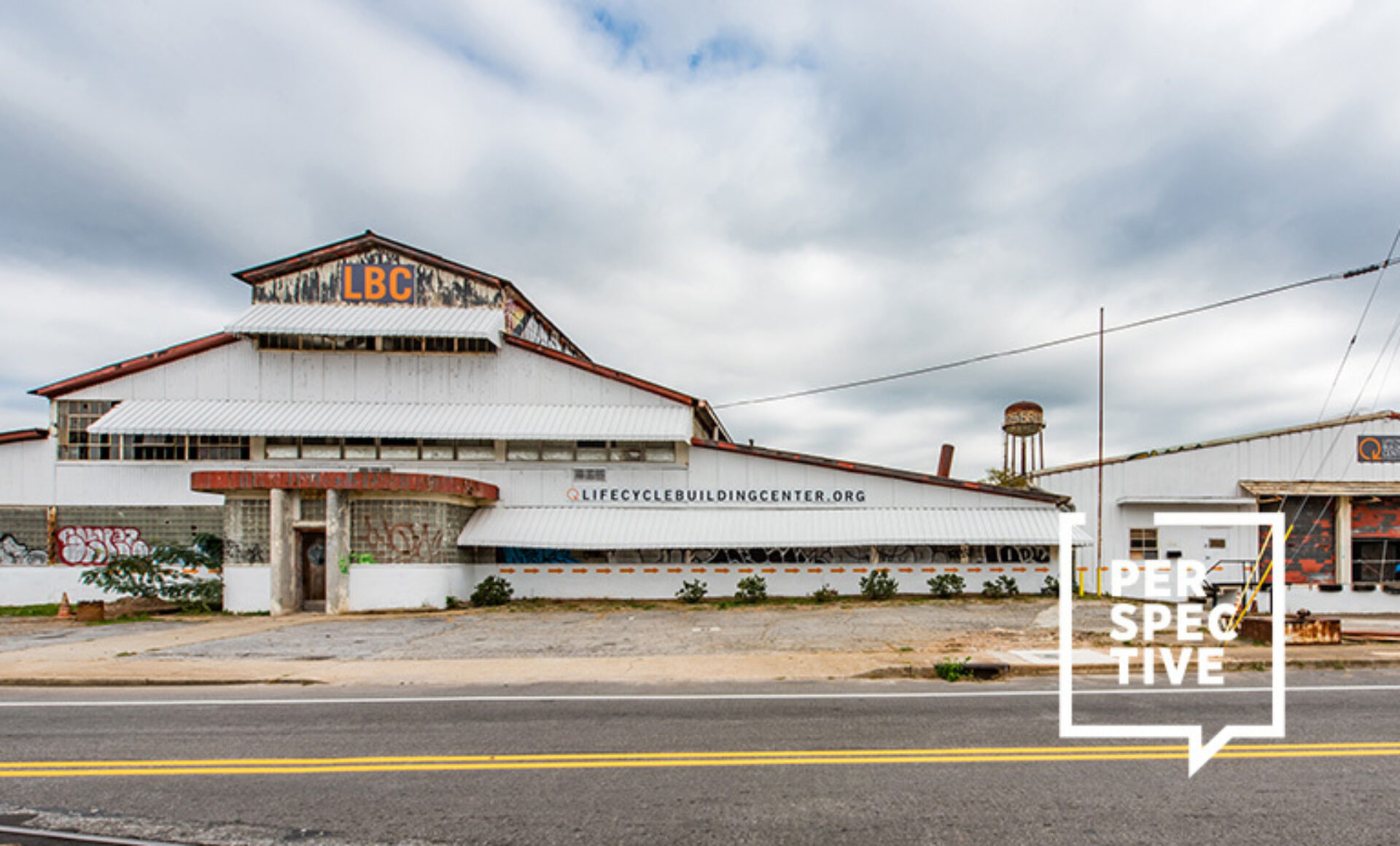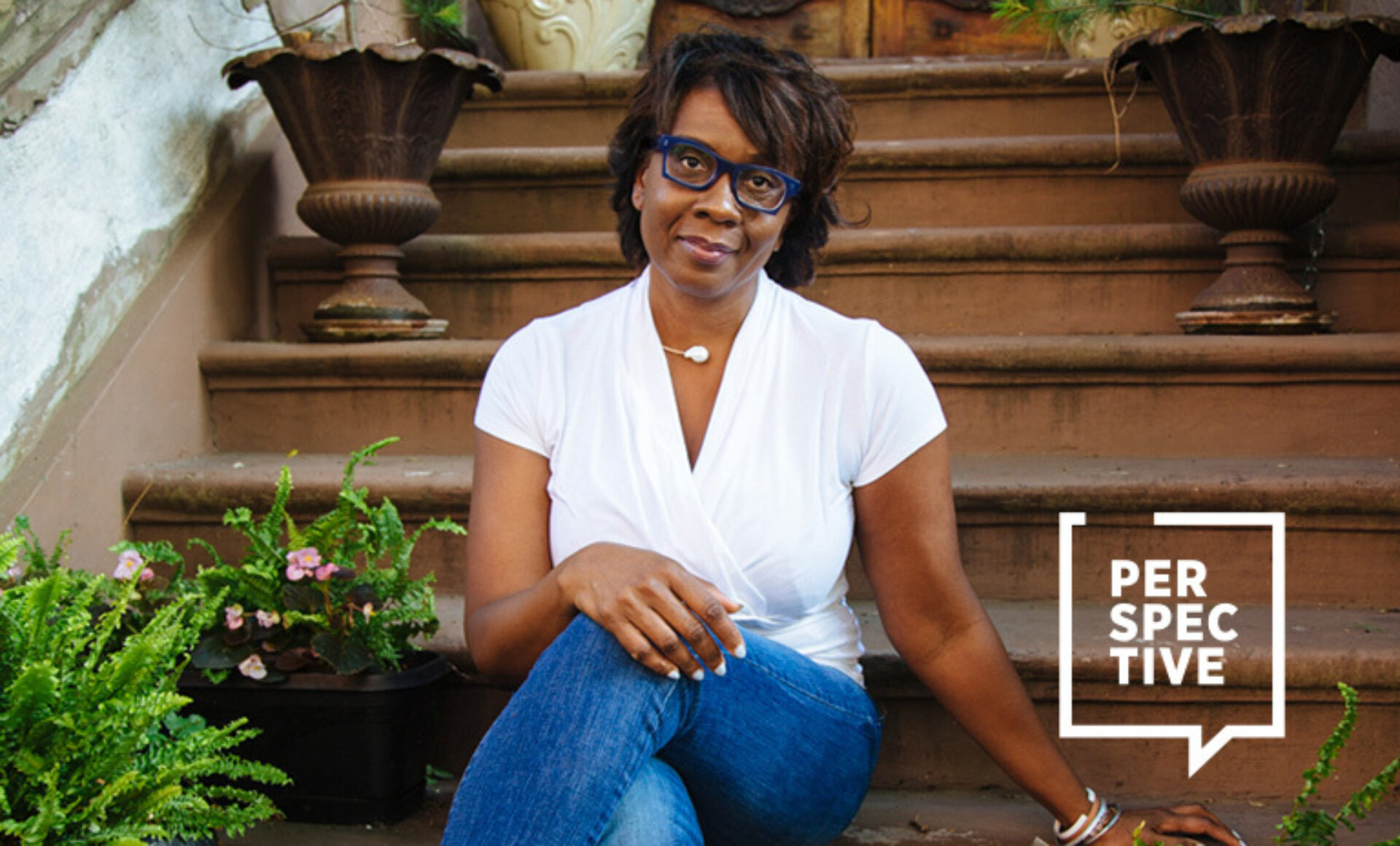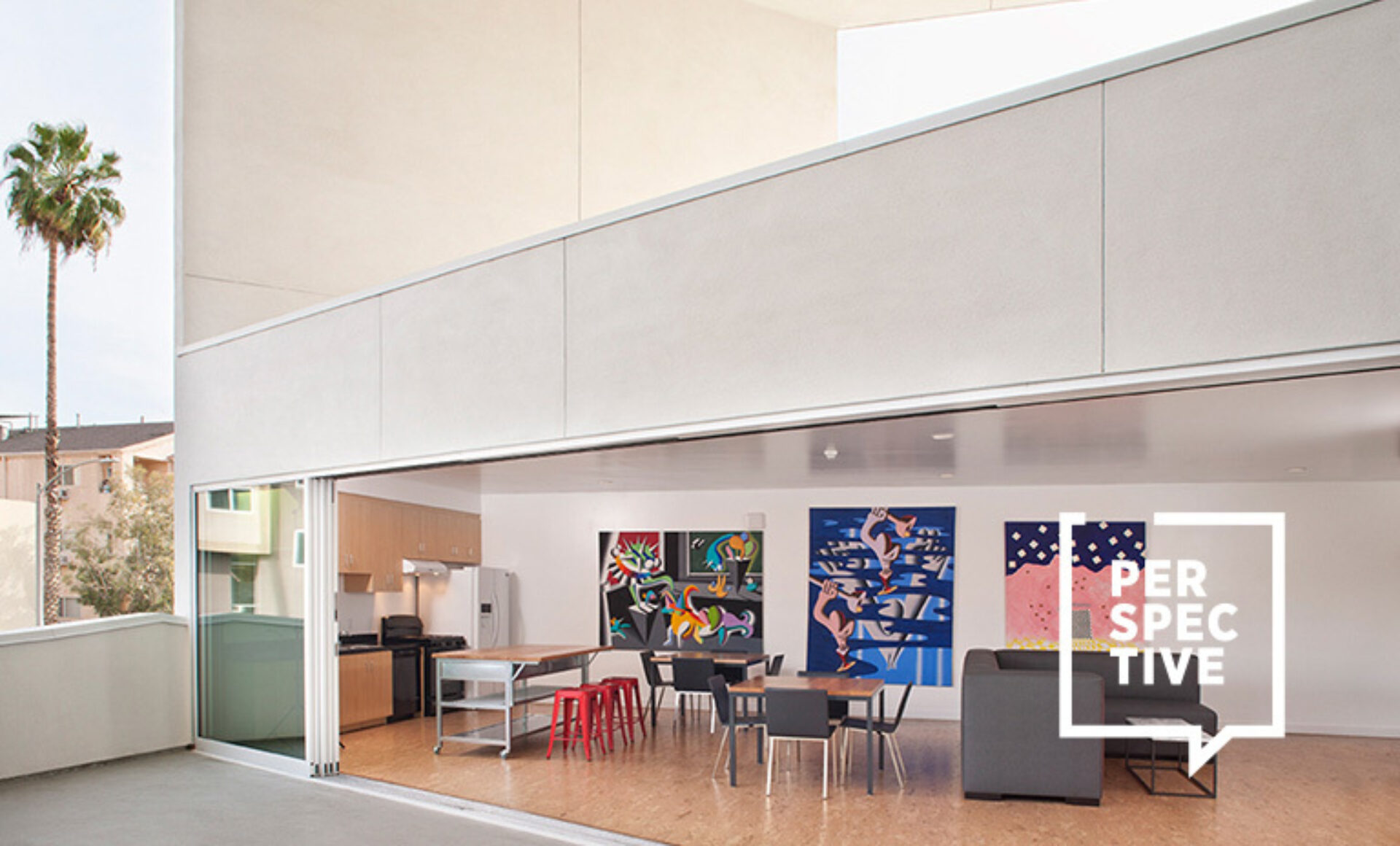2020 redefined the world. And now, designers are rewriting the rules to meet the moment.
That means a renewed commitment to creating spaces that are highly functional and creatively adaptable, says Josh Kassing, vice president of design development at Mary Cook Associates in Chicago.
“Flexibility and mutability of people’s lives and how they live have informed this shift,” he says. “Our fitness routines blend into work, and work blends into our home lives. As our lives grow more flexible, the spaces we create need to transition equally.”
That can require a delicate balance of form and function. Things like tactile surfaces, eco-friendly furniture, and tech-fueled smart décor—like mirrors that double as touchscreen devices—are emerging as go-to items. But interior design has to go beyond look and feel, said Beverly Shelby and Megan Carleton, interior designers at AE Works in Pittsburgh.
“Aesthetics is a part of our work, but we also look at safety, the layout of a space for functionality and maintenance in terms of finishes for durability and being able to clean surfaces,” they wrote in a blog post. “Interior design is truly a combination of art and science.”
Achieving functionality doesn’t mean designers must spare visual appeal, of course. Multidisciplinary studio Office Of Things, for example, unveiled meditation chambers outfitted with indigo and violet lighting within the Bay Area offices of YouTube and Google. Stunning? Absolutely. But they also were an intentional exploration of how office employees can benefit from access to private, calming areas.

Photo by Tom Harris courtesy of Office Of Things
In the Netherlands, design firm Van Eijk & Van der Lubbe fashioned the interiors of Domstate Zorghotel rehabilitation facility as it would a four-star hotel—to ensure patients a more comfortable experience. The center features walls outfitted with wooden pegs to aid in storage, graphic flooring motifs that separate patient and staff spaces, and bold splashes of color to define distinct units.
“Details drive interior design,” Shelby and Carleton added. “This takes shape at both macro and micro levels. We are focused on asking the right questions to best understand a client’s vision for how they want to use a space, their long-term goals and other requirements the design needs to address.”

Photo by Tom Harris courtesy of Office Of Things
Lead image and above: Photos by Tom Harris courtesy of Office Of Things
